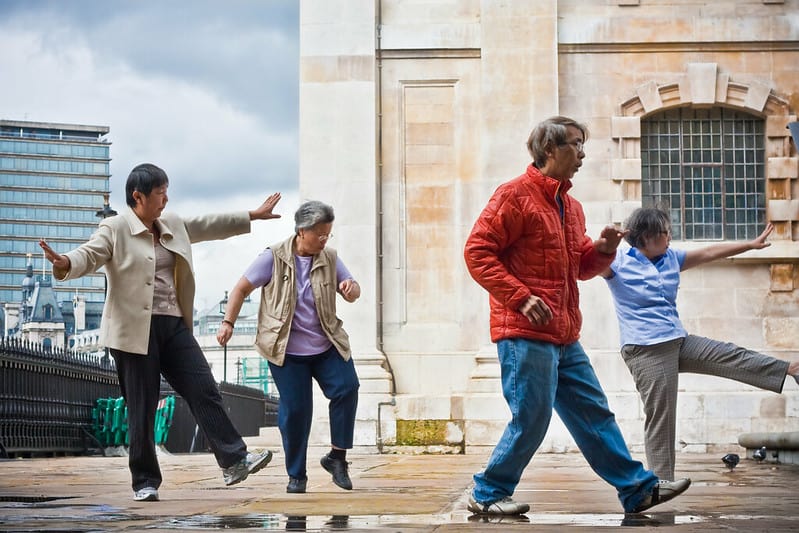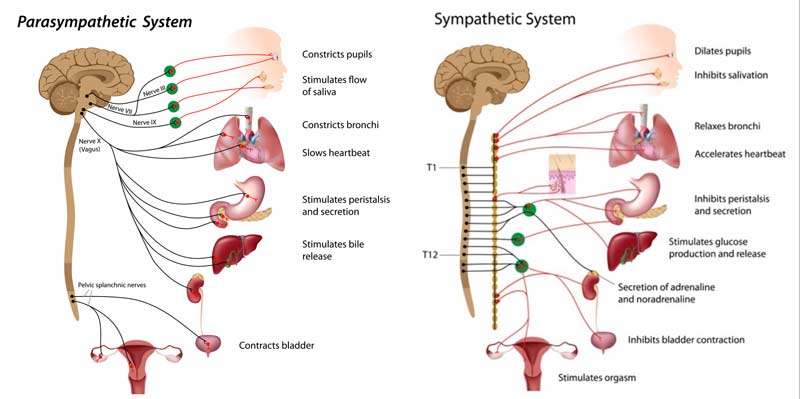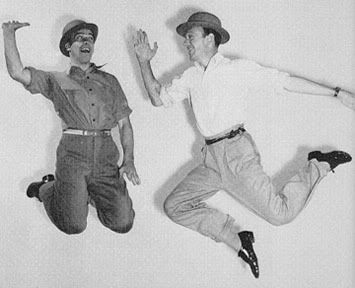Generally the end of a session involves my leaving the room to allow my client to change back into street clothes. When I return to the room, nine times out of ten I find my client looking at their phone. This isn’t surprising: our phones are so useful! My client may be accessing their payment service or doing a quick check of their messages, but nine times out of ten, shoulders are hunched, feet have forgotten their contact with the floor, and narrowly focused eyes and typing fingers are driving a head forward posture that just cannot be comfortable or sustainable. Just minutes before, at the end of the session, this same client was in a different world, walking easily, enjoying a sensory connection with the space they are in.
Our devices are so powerful and they are here to stay. How can we begin to incorporate them into easy and comfortable posture?
One simple fix is to lift the phone up closer to eye level instead of bringing our head down to it. Another is to maintain some sense of peripheral vision—seeing what is to the sides of the screen– or keeping a sense of the floor under our feet, or the back of the room—staying sensory, staying located, not holding our breath, exhaling and allowing the inhale to continue freely.
This month, the NPR podcast Ted Talk is presenting a 6-segment special called Body Electric, to explore how the way we use our tech devices is impacting our bodies and our stress level. https://www.npr.org/series/1199526213/body-electric
The 4th segment just released this week features the research that directly connects our bad phone posture with an increase in our stress level.
You can make a positive impact on your well-being right now: just take a moment to notice where you actually are, how the phone feels in your hand, how the floor feels to you or where you are in contact with a sense of support. We can do this!







